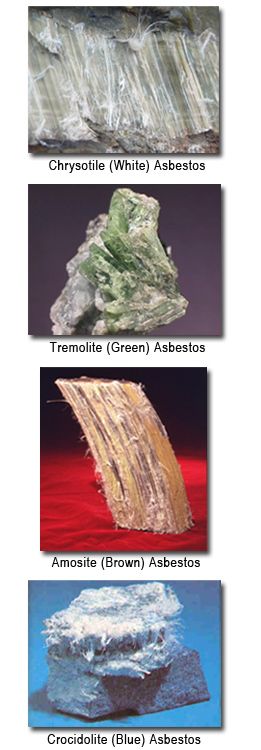A wide variety of irritating substances may be responsible including solvents detergents in cleaning agents mmmf epoxy resins isocyanates cement oils and greases.
Cement may contain hazardous substances including.
Concrete and cement dust health hazards.
These substances can enter the unprotected body by inhalation skin absorption ingestion or through a puncture wound injection.
Silica exposure can lead to lung injuries including silicosis and lung cancer.
Manufacturers and importers of hazardous substances are legally obliged to include warning labels and safety data sheets with their products.
The product may be pure or diluted.
It might not be possible to eliminate cement and concrete but it is possible to use cement and concrete safety by controlling.
Cement can also cause chemical burns to the eyes.
Maintenance workers with a known high.
Cement and cement based products can harm the skin in a number of ways.
First let s consider what is waste.
Waterproof rubber boots are essential in working with wet concrete.
The portland cement association forecasts the u s.
Weaker irritants including water may result in irritant contact dermatitis eczema.
Skin contact may result in moderate irritation to thickening cracking of skin to severe skin damage from chemical burns.
Hazardous materials in wet concrete and mortar include.
In extreme cases these burns may need a skin graft or cause a limb to be amputated.
Exposure to cement dust can irritate eyes nose throat and the upper respiratory system.
A serious burn or ulcer can rapidly develop if it is trapped against the skin.
Risk of injury depends on duration and level of exposure and individual sensitivity.
Cement can cause ill health by skin contact eye contact or inhalation.
Cement may not be the most dangerous substance an employee can encounter at work but it is especially hazardous to the skin.
Hazardous substances come in many forms including gases vapors fumes dusts and mists and construction jobsites have more than their fair share of these substances.
Preventing exposure to toxic chemicals is a primary concern at hazardous waste sites.
A hazardous substance can take many forms including gas powder liquid solid or dust.
Wet cement is highly alkaline in nature.
Manufacturers publish material safety data sheets that explain the properties dangers and safe working conditions for the potentially hazardous substances they produce.
Cement market will continue to grow in the coming years so the number of workers exposed to cement at work will remain high.
By taking proper precautions to protect the skin though workers should be able to stay safe.


























